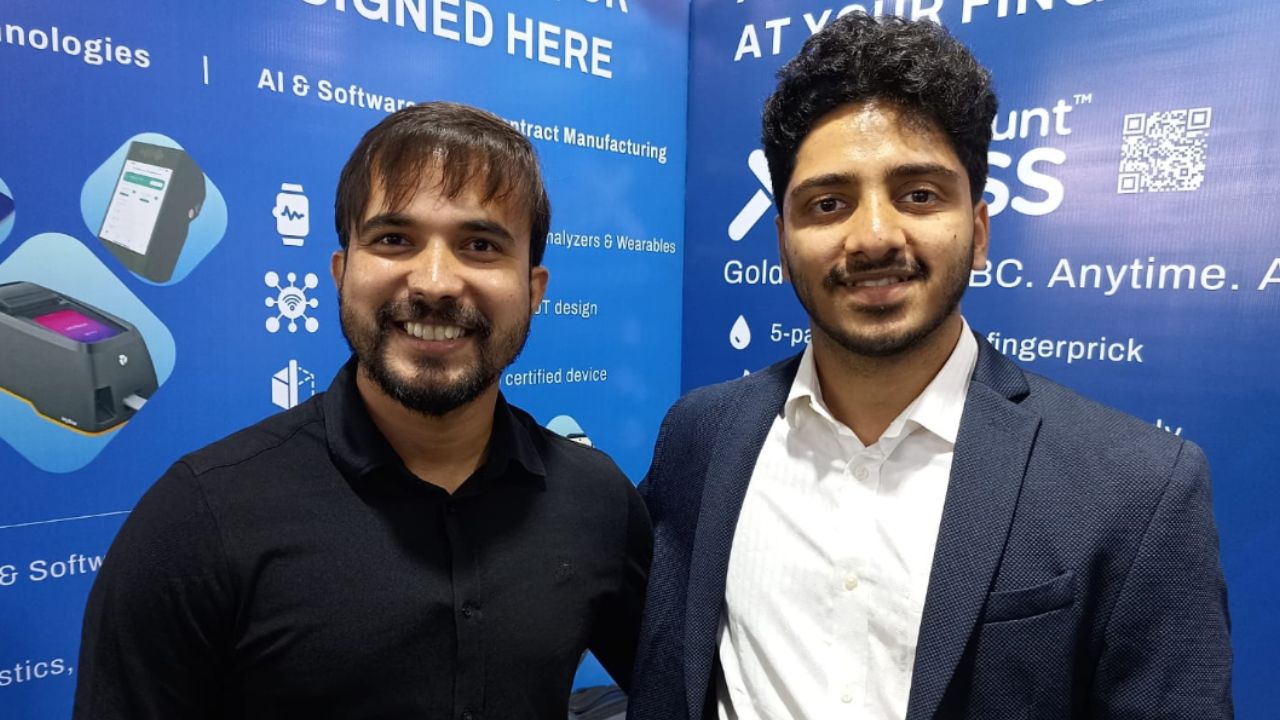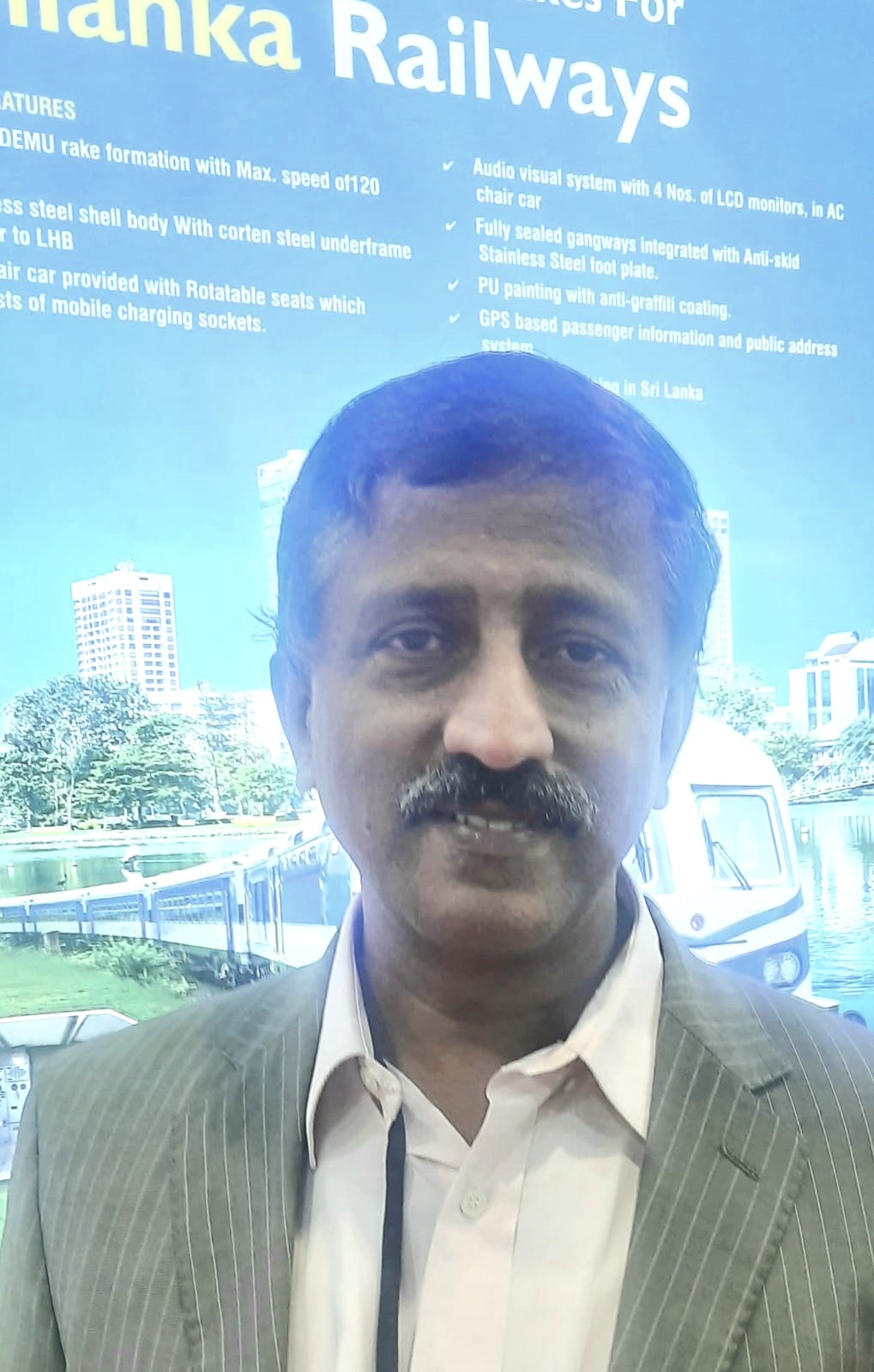Advocate Madhu Talwar, an erudite advocate and accomplished mediator at the Supreme Court of India, stands as a paragon of legal acumen, with a career that spans an illustrious trajectory of over two decades since 1999. Her practice underlines a formidable command over a diverse spectrum of legal domains, including property disputes, civil litigation, banking and commercial law, consumer grievances, and matrimonial cases. A consummate mediator, she has honed her expertise under the aegis of the Supreme Court’s Mediation and Conciliation Project Committee (MCPC) and the DDRS, Law and Justice Department of the Delhi Government. Her appointment as a Panel Mediator for the Supreme Court is a testament to her profound skill in conflict resolution. Furthermore, she founded Samajik Shashaktikaran Sangathan, an NGO that dispenses free telephonic legal advice every Saturday, extending lifelines to marginalized victims of domestic violence through counseling, mediation, and legal advocacy.
As the visionary proprietor of the Neighborhood Mediation Centre, Madhu epitomizes the art of amicable dispute resolution, sparing litigants the protracted ordeal of conventional litigation by offering cost-effective and time-efficient solutions. Her legal sagacity further benefits Empaxix Data Management Inc. and other enterprises, where she expertly navigates tasks such as drafting contracts, vetting agreements, and addressing multifarious legal requisites.
Her counsel is sought after by leading nationalized banks, including Punjab National Bank and Canara Bank, where she provides strategic guidance on recovery suits, due diligence, and loan documentation. Equally committed to social upliftment, she extends her legal expertise to NGOs such as the Noble Citizen Foundation and Roshni Foundation, fortifying their missions with her legal prowess.
In an exclusive conversation with The Interview World, Advocate Madhu Talwar offers an incisive analysis of the burgeoning menace of domestic violence. She dissects the sociocultural factors that perpetuate this malaise, explores the often-overlooked phenomenon of domestic violence against men, and passionately advocates for the imperative of gender-neutral laws. With eloquence and conviction, she underscores the cardinal virtue of patience as a vital tool in mitigating the complexities of such cases.
The following are the salient insights from her profoundly enlightening discourse.
Q: Domestic violence in Indian society appears to be escalating at an alarming rate. Could you shed light on the underlying causes of this issue and share how your efforts are helping clients address their challenges and find solutions?
A: Domestic violence is an insidious and pernicious scourge that pervades the fabric of our society, sparing no demographic. Yet, my principal focus remains on marginalized women, whose silent suffering often goes unnoticed and unaddressed. When these women endure abuse within the confines of their homes, they do not need to wander in search of help—they know precisely where to turn. It is in these moments that I extend a steady hand, offering not just guidance, but also empathetic counsel and unwavering support to mitigate the trauma they endure.
When the situation necessitates, I engage directly with the victim’s husband and in-laws, seeking to cultivate a semblance of mutual understanding and harmony within the family unit. My endeavor is to foster reconciliation and restore a semblance of peace to their lives. However, when such efforts prove futile and no restorative resolution appears viable, I assume the mantle of a mediator. I convene both families—the victim and her husband along with their respective kin—and facilitate dialogue aimed at achieving a settlement or a workable compromise. My mediation reflects a singular purpose: to ensure that justice and dignity are not abstract ideals but lived realities for the victim.
Should these conciliatory efforts fall short, I unflinchingly advance to the legal arena, initiating proceedings under the Domestic Violence Act to secure justice for the aggrieved. Crucially, all of my interventions—be it counseling, mediation, or litigation—are rendered pro bono. These women, often shackled by dire financial constraints, lack the means to afford legal representation. I ensure that their economic plight does not exacerbate their suffering or preclude their access to justice.
At every juncture of this arduous journey, my resolve remains unshaken. Whether through counsel, mediation, or litigation, my commitment is singular and unyielding: to empower these women, restore their dignity, and help them reclaim their rightful place in society.
Q: With your extensive experience mediating and resolving thousands of domestic violence cases, what key patterns have you observed? In your view, which societal factors are most significantly contributing to the escalation of violence against women?
A: To speak frankly, women today are increasingly asserting their voices and shedding the silence that has long shrouded their suffering. While domestic violence has always existed—its presence deeply ingrained in the fabric of society—what has changed is the willingness of women to speak out. Their awareness of their rights has blossomed, and this newfound consciousness is what gives the impression that the problem is escalating. In truth, the incidence of domestic violence is not necessarily on the rise; rather, it is the courage of victims to come forward that has made this issue more visible than ever before.
The roots of this issue lie in the deeply entrenched patriarchal structures that have dominated our society for centuries. Our collective psyche has long adhered to the notion that men should be the earners, while women should be relegated to the domestic sphere. These outdated roles have been passed down through generations, insidiously woven into the very fabric of our cultural consciousness.
However, there is a palpable shift occurring. The present generation is rejecting the idea of rigidly defined gender roles. The once-strict division of labor—where men earned and women toiled in the home—is rapidly dissolving. Today, both men and women are participating equally in all spheres of life. From earning a livelihood to sharing household responsibilities, the once-polarized roles have been replaced by a more egalitarian approach, where husband and wife divide domestic duties and professional aspirations on an equitable 50-50 basis.
In this context, I believe that domestic violence is not increasing. Rather, it is diminishing. The transformation in our societal mindset—toward equality, shared responsibilities, and a rejection of antiquated gender norms—holds the promise of reducing the prevalence of domestic violence. As this paradigm shift takes root, it paves the way for a more harmonious, balanced, and respectful society.
Q: Despite progress in societal values regarding gender equality, there has been an increase in cases highlighting domestic violence against men, such as the recent suicide of a Bengaluru techie. How do you perceive this emerging trend, and what factors do you believe contribute to such cases?
A: Our legal framework has long been tilted in favor of women, with landmark provisions such as the Protection of Women from Domestic Violence Act, 2005, crafted specifically to offer them protection and recourse. Yet, in recent times, this very law has been weaponized, its noble intent distorted. A similar societal presumption surrounds the issue of alimony: an entrenched belief that it is the husband’s inescapable duty to financially support his wife, regardless of circumstance.
Consider the tragic case of the Bengaluru techie—a victim, if ever there was one, of this pernicious mindset. Overwhelmed by the relentless societal expectation that alimony must be paid, he was driven to the unspeakable act of suicide. His death, however, was not merely a reflection of personal despair; it was a desperate cry for societal introspection. This man, in his final act, sought to provoke a necessary change, to halt the misuse of the very laws intended to protect. His sacrifice, heartbreaking as it was, underscores the magnitude of the issue that now demands our collective reckoning.
Q: What changes would you recommend or expect from lawmakers to make our legal framework more gender-neutral and inclusive?
A: Indeed, the times have irrevocably changed. The moment has come for our laws to transcend their existing biases and embrace true neutrality, ensuring equal treatment for both genders. Domestic violence is no longer an issue exclusive to women. Both men and women, across the spectrum of gender, should have the right to file such cases. The need for this shift is undeniable, and I am confident that our lawmakers, with their usual sagacity, will soon address this disparity and usher in the necessary reforms.
In fact, a Public Interest Litigation (PIL) has already been brought before the Supreme Court, catalyzed by the tragic death of the Bengaluru techie. This is a watershed moment, one that could spark far-reaching consequences. I am optimistic that this will lead to a monumental change, one that our society so urgently requires.
Q: What is your core message to victims of domestic violence, regardless of whether they are men or women?
A: In cases of domestic violence, my message is unequivocal: one must exercise restraint and composure. It is vital not to allow the situation to overwhelm or consume you. Such challenges, though deeply troubling, are merely part of the complex tapestry of life. This, by no means, signals the end. When adversity strikes, it is essential to confront it with patience and resolve, navigating the turmoil with a measured, steady hand.









